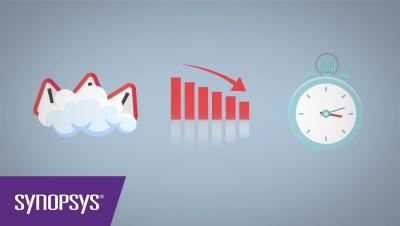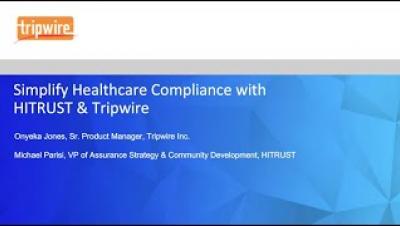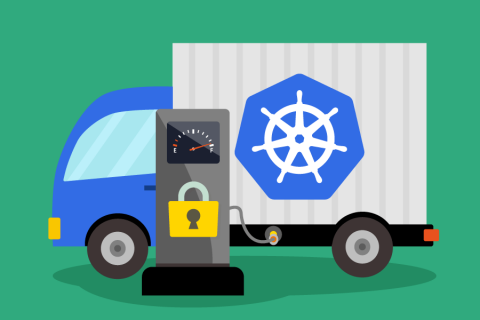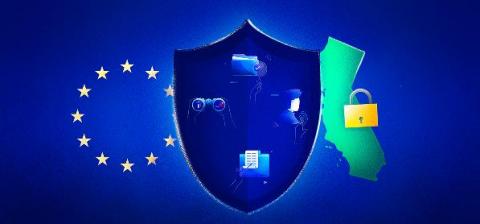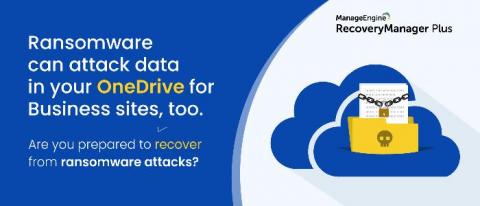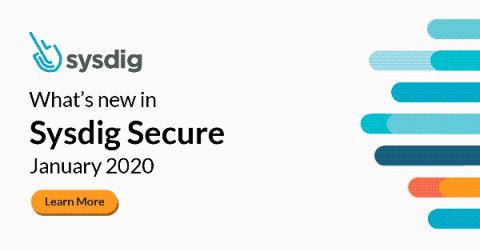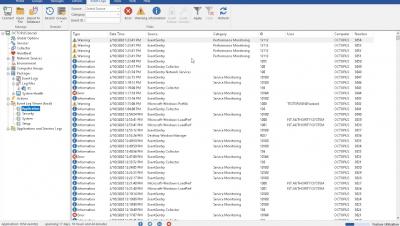Security | Threat Detection | Cyberattacks | DevSecOps | Compliance
%term
Simplify Healthcare Compliance with HITRUST
A Guide to Digital Privacy for You and Your Family
Having worked with many individuals responding to incidents where their digital private images were shared without consent, social media or email accounts had unauthorised access, and even physical safety was a concern, it is all too familiar how terrifying the unknown can be. As someone who has been on both the victim’s and later the responder’s side, I am qualified to express both the terror and knowledge of things you can do to take back control.
Supercharging Workload Security in Your K8s Cluster
2019 was a big year for Kubernetes adoption, and 2020 is sure to exceed that pace. Already, we have seen a large number of organizations migrating their workloads to Kubernetes (k8s) both in public and private clouds as they embrace a hybrid cloud strategy. With so much at stake, what are you currently using for network security inside your k8s cluster?
User Identity Mapping In a Hybrid Environment, Part 1
A Guide to User and Resource Access In any system, the access or denial of resources is determined by the identity of the entity that attempts to use the resource. Therefore, identity mapping plays a very crucial role in ensuring that access to resources is as broad as it needs to be, but is limited only to those who are authorized to have access and protecting resources from unauthorized access.
New PayPal phishing scam seeks to go beyond login credential information
Up until now, some of PayPal users’ greatest fears in terms of cybersecurity were phishing scams aimed at obtaining their login credentials. In January of this year, PayPal confirmed a high-severity bug affecting the login form, with PayPal security investigator, Alex Birsan, finding a javascript file with what looked like a CSRF token and a session ID – which makes login information vulnerable to attackers.
Sizing up the CCPA: How the USA's new privacy regulation measures up against the GDPR
The California Consumer Protection (CCPA) act took effect on January 1, 2020, and companies across the globe are scrambling to get their act together to avoid non-compliance penalties. Although enforcement of the CCPA doesn’t officially begin until July 2020, the California Attorney General’s office will still be able to penalize violations that occurred between implementation on January 1 and official enforcement in July.
Recovering from OneDrive for Business ransomware attacks
Ransomware has been a growing threat in recent years, and experts now estimate the cost of these attacks at $7.5 billion in the USA alone in 2019. The affected institutions include 966 government agencies, educational establishments, and healthcare providers. Since most ransomware attacks stem from a small mistake made by one end user, either through phishing emails or stolen credentials, the threat is only expected to increase in the years to come.
What's new in Sysdig Secure: January 2020
We’ve been busy this New Year (a rather warm one in San Francisco) to bring you exciting new ways to secure your DevOps journey. Read on for the details and see how you can put them to use!


